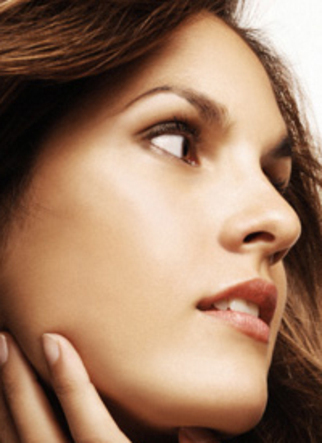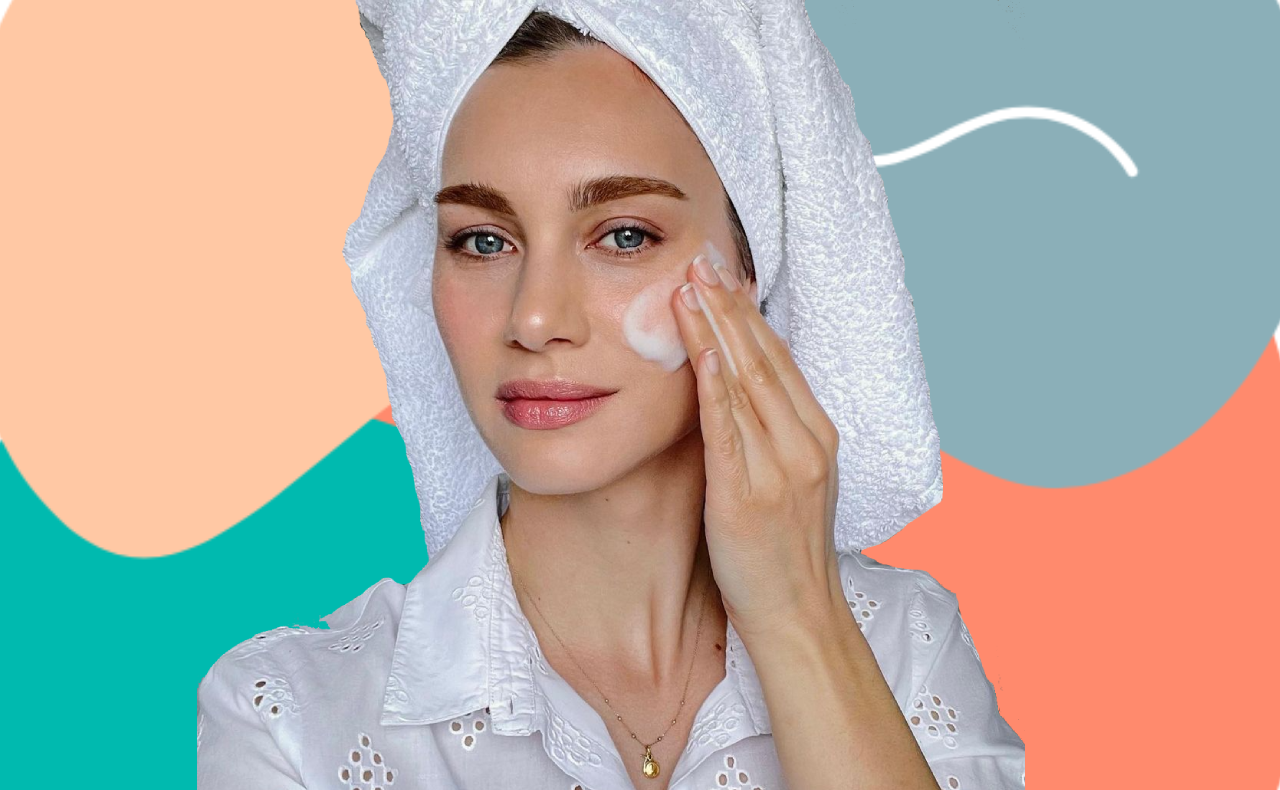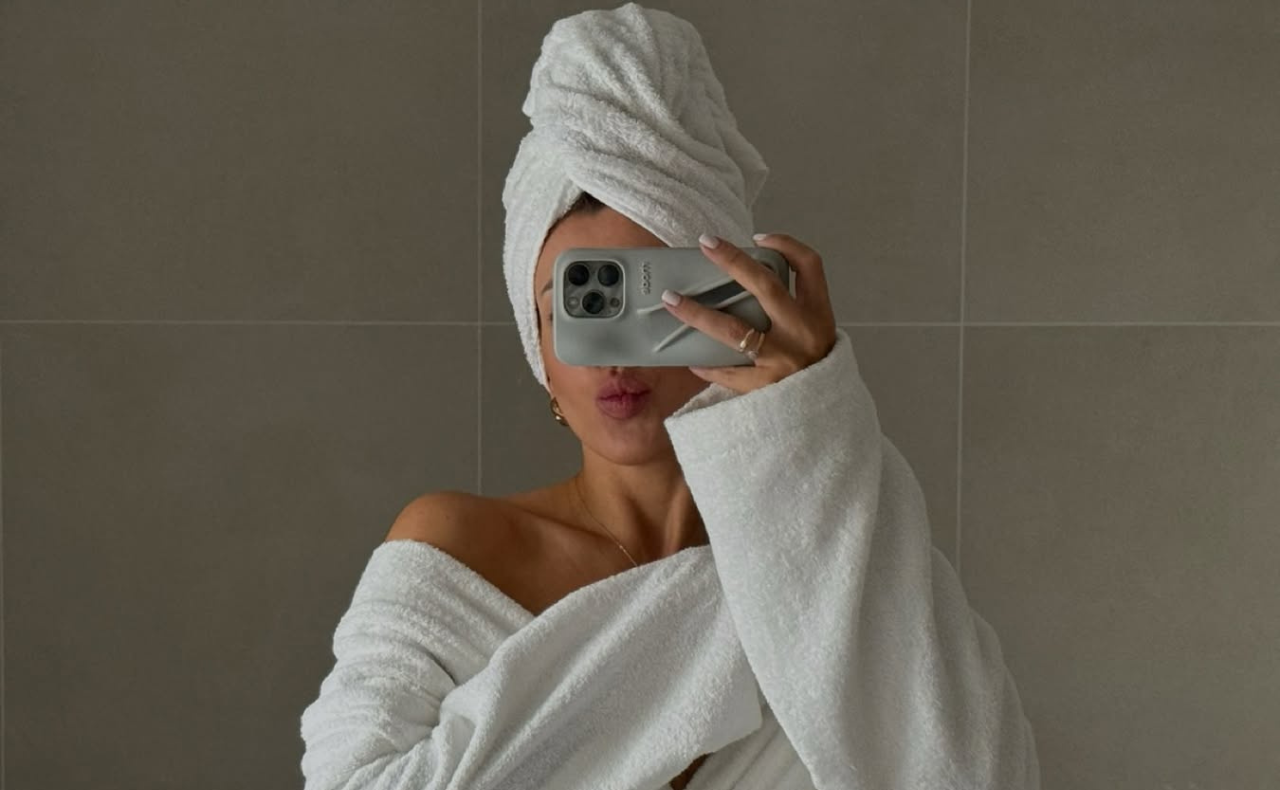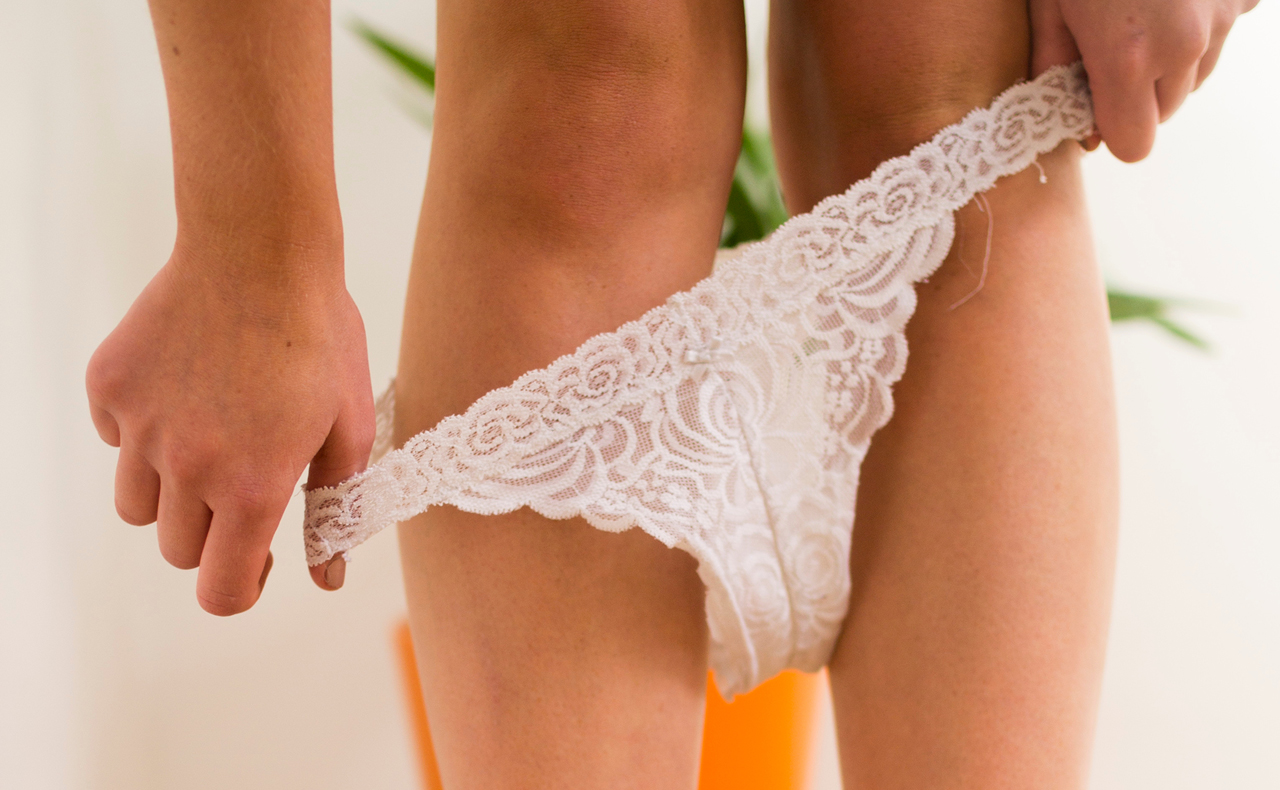Animal, vegetable or mineral? As more of us than ever have begun to ask questions about the ingredients inside our beauty buys, natural mineral make-up has become a staple in many cosmetic bags. And the talk of the beauty biz. Minerals are not just the new black; they’re the celebrity/make-up artist/ beauty addict’s must-have. Cameron says they saved her spotty skin. And when Pene put her famously flawless face to L’Oreal’s mineral powder the buzz really went boom. But not all mineral make-up is created equal…
I love mineral make-up. Worship it. Part skincare, part camouflage, it’s the make-up I wear when I’m not wearing make-up. It feels like a second skin, it never looks heavy or cakey and when my face is having a breakout or general freak out, I know the coverage isn’t clogging my pores or making matters worse. It’s my salvation.
And I’m not alone. With new lines hitting the shelves almost monthly, mineral make-up is the standout trend of the year. With good reason. Earth-derived ingredients like titanium dioxide, gold, zinc oxide and magnesium not only bounce light way from imperfections and lay an almost undetectable veil of coverage, they can actually help to nourish and soothe the skin. Plus, forming an invisible mesh that helps hold onto moisture, mineral make-up is durable, water-resistant and packs the natural UV beam-blocking powers of zinc and titanium dioxide.
But the reason that mineral make-up can be a miracle for problem skin is not just what is in it; it’s about what’s not.
Sensitive, spotty, rosacea and allergic skin loves pure mineral make-up that skips common cosmetic ingredients like talc, perfume, alcohol, dyes and oils. These omissions make mineral foundations and colours gentle enough to use post-peel and while healing from surgery, as well as a gift for those fighting flare ups, spots and inflammation. It’s also these careful exclusions that have made brands like ID BareMinerals, Jane Iredale, ELES and Inika the ethical choice of the many who want to avoid harsh chemicals in their beauty bags.
But that’s mineral make-up. Then there’s make-up with minerals. It might seem like semantics, but purists say there’s a gulf of difference between regular make-up that includes a shot of mineral mica or titanium and the pure, minerals-only variety. After all, some of the biggest benefits of mineral make-up lines lie in the commonplace ingredients they eschew.
Take talc for instance. Technically a mineral derivative, talc appears in many make-up formulas, including some notable mineral products like L’Oreal’s Bare Natural and Covergirl’s TruBlend Luminous Powder. But mineral make-up purists argue that talc is a cheap filler that doesn’t benefit the skin at all and turns mineral make-up into mere make-up with minerals.
But that’s not to say that L’Oreal Bare Naturaleisn’t a perfectly decent SPF19 foundation for anyone who doesn’t have a problem using talc. Or that Covergirl’s TruBlend Luminous Powder won’t sparkle like it’s laced with tiny diamonds thanks to a sprinkling of mica. It simply comes down to knowing the amount of minerals you want – and reading ingredient lists so you know that you’re getting it.
PS: Clueing up is easier than it sounds. As a rule of thumb, the higher up the list an ingredient appears, the more of it that product includes. And as for knowing your zinc from your mica, that’s what Bh’s glossary is for.





Lovely brand, I like the sound of this product